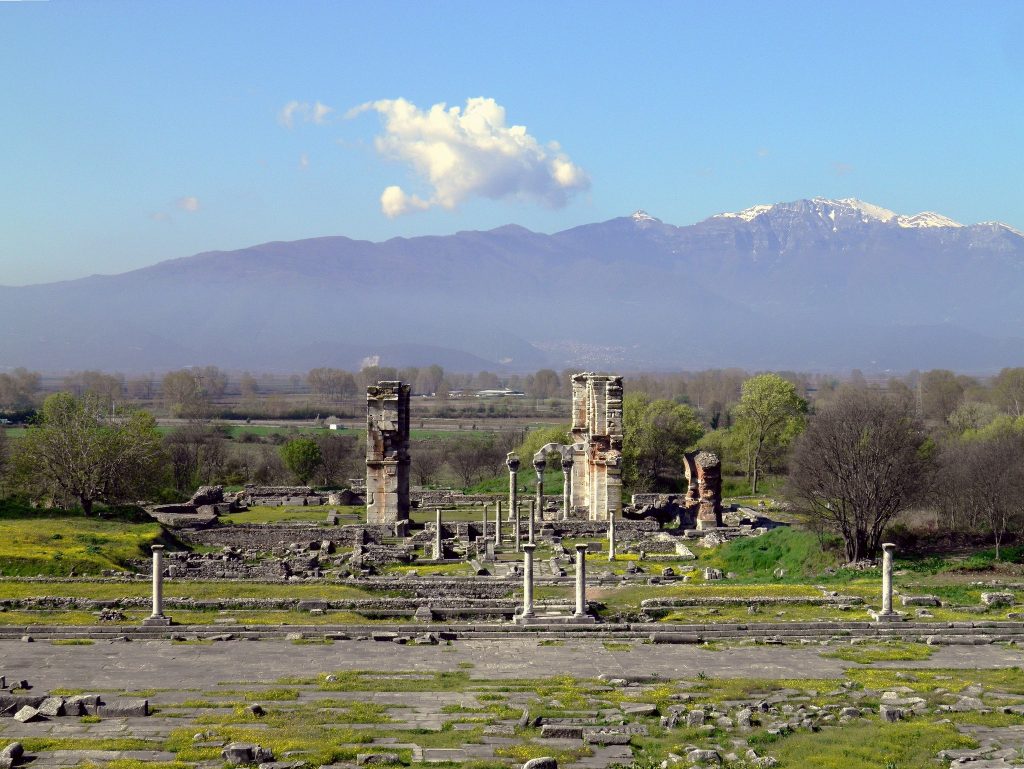German-Greek geothermal greenhouse investment
Greenhouses in Greece heated with geothermal set to grow ornamental plants for export.
With more than 10 years in the making, a German-Greek investment has now helped start greenhouse operations fuelled by geothermal energy in the municipality of Nestos in Kavala Prefecture, in Eastern Greece.
Greece possesses approximately 30 geothermal fields, with half of them located in the eastern region close to Macedonia and Thrace.
SELECTA ONE, one of the world’s largest growers of propagating plants, launched on May 27th a new facility to produce and market its products in Chrysoupolis. The company is based in Stuttgart, Germany with branches in Europe, America, Africa and Asia. Its subsidiary, SELECTA HELLAS, comes from the merger of the German company SELECTA ONE and the Greek companies AGROCHOUM SA and AGROFLORA SA.
The greenhouse currently covers 35 acres, and in its final form will be 60 acres. This is the largest greenhouse of its kind, in the Balkans. The facilities will be heated by exploiting the geothermal resources of the area and will produce about 1.5 million ornamental plants per week. Water used for irrigation is reused to save water and prevent pollution of the aquifer.
95-99% of the plants will be exported to Italy, Germany, the Netherlands and the rest of the world. The facility is conveniently located two kilometers away from Kavala Airport. The project has created 120 jobs (scientific staff and workforce) and will reach 150-160 in total. It will employ 15-20 people in permanent staff, and from 80 to 120 seasonal workers.
The investment currently amount to €7 million and will reach €10 million at completion.
The raw materials for the ornamental plants is from African countries such as Kenya, Ethiopia, Uganda as cuttings with purpose of the facility in Kavala is to multiply them and transform them into sellable plants.
Source: Parallaxi


















